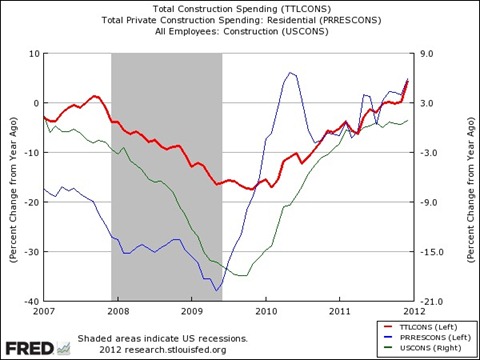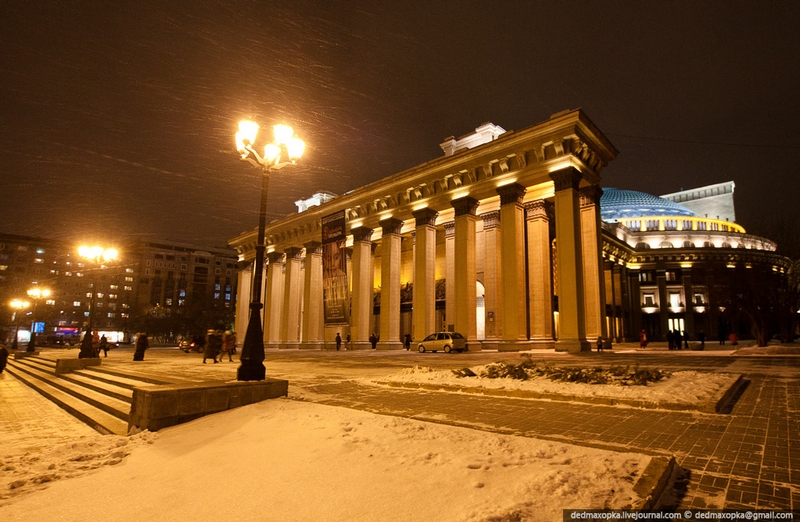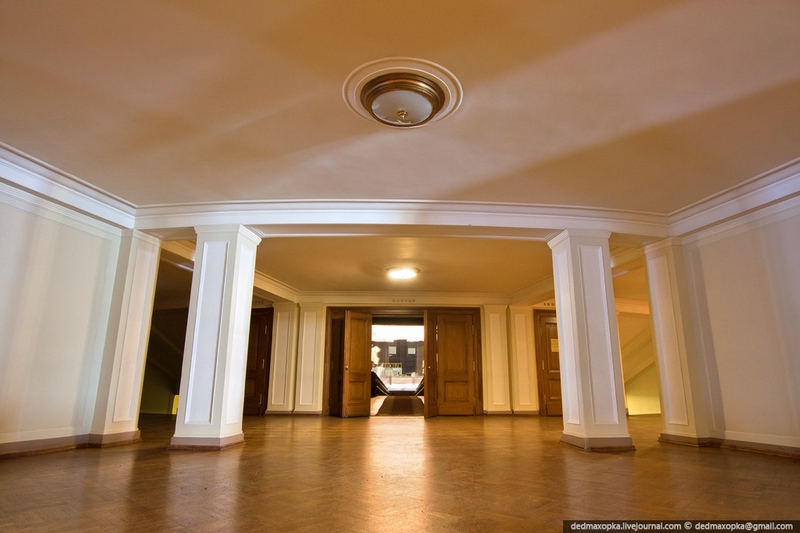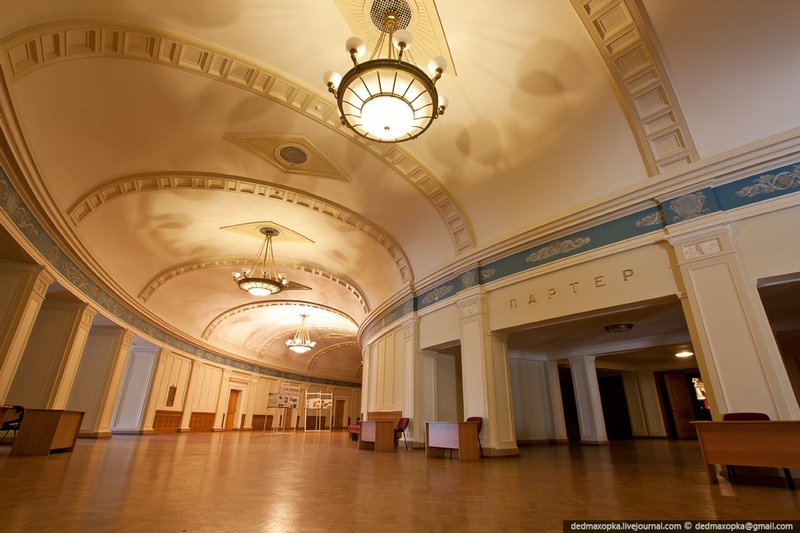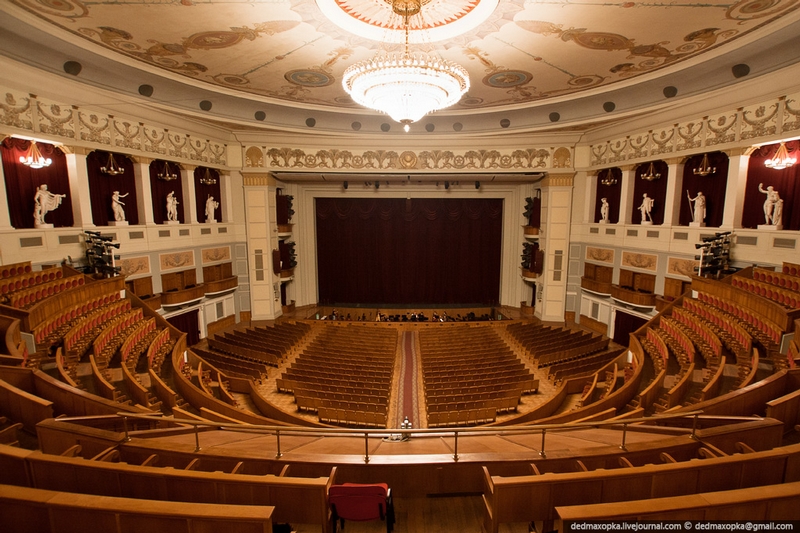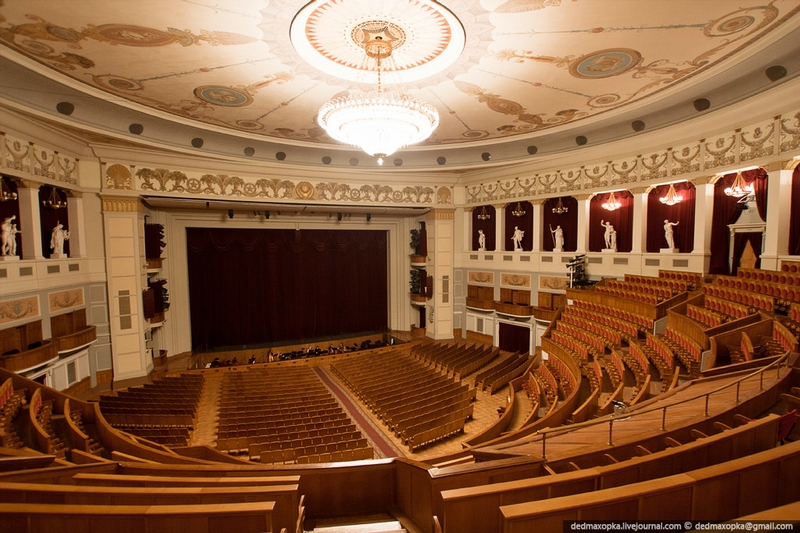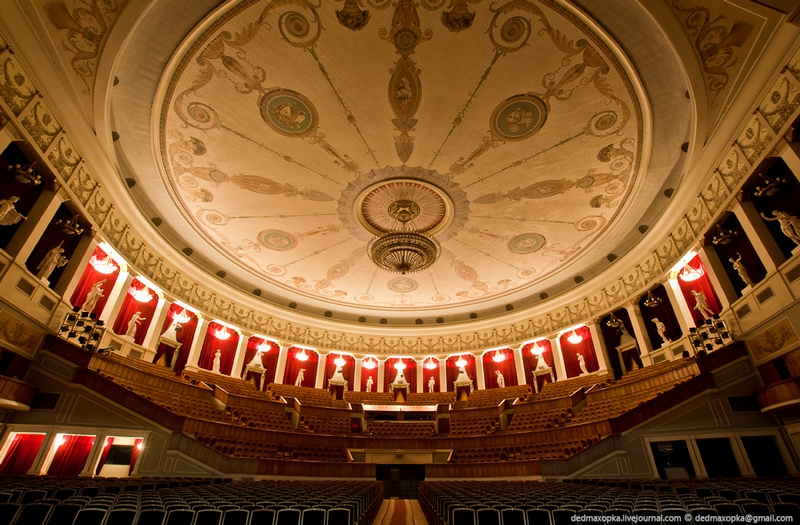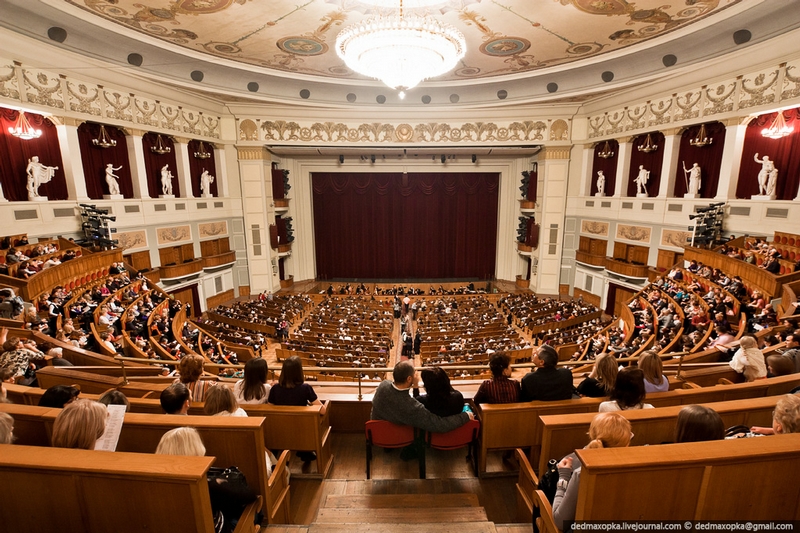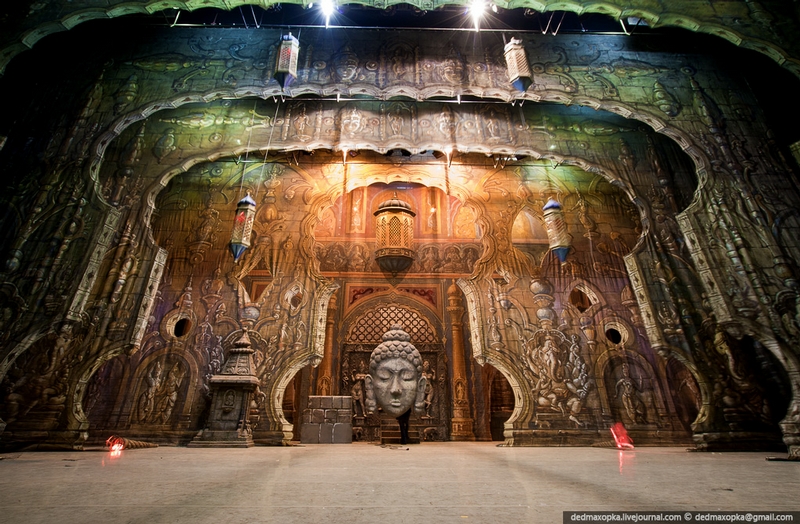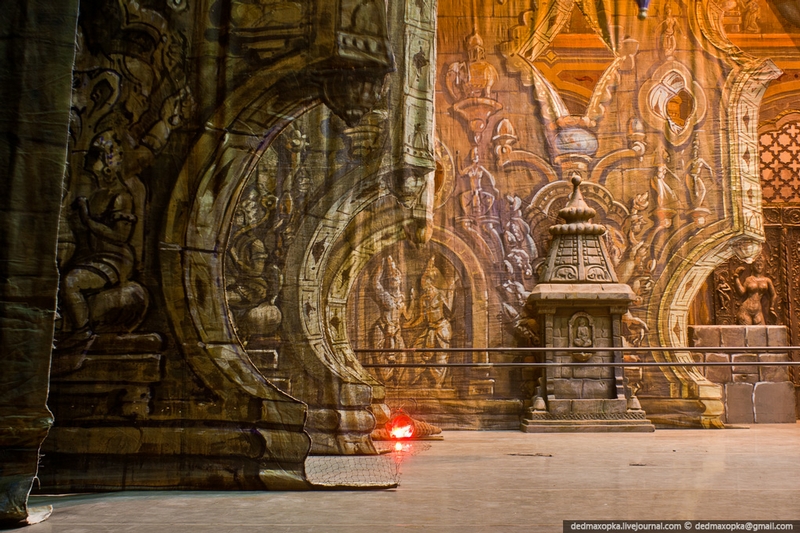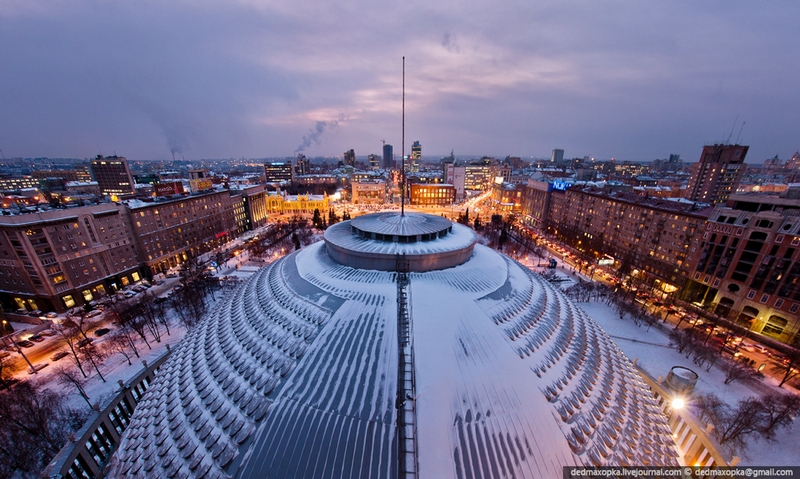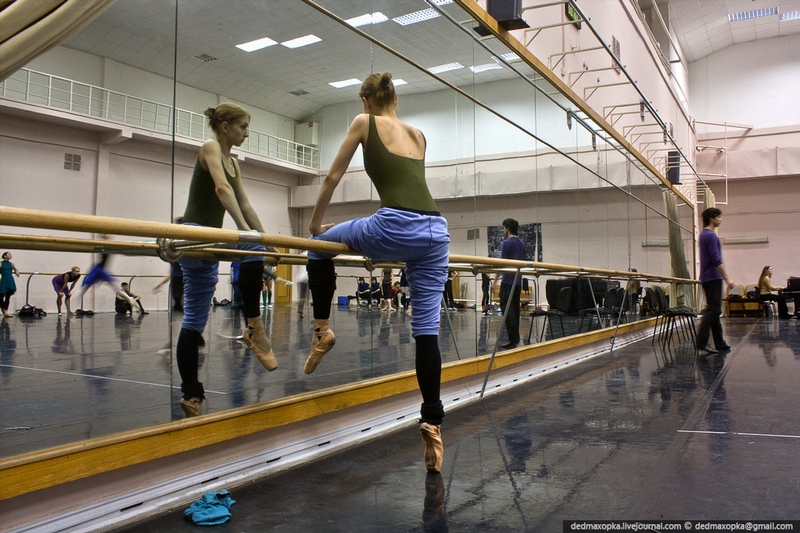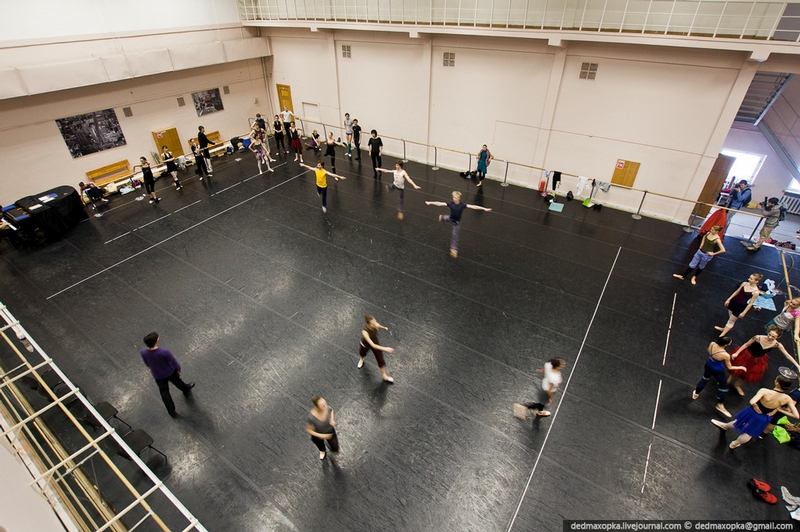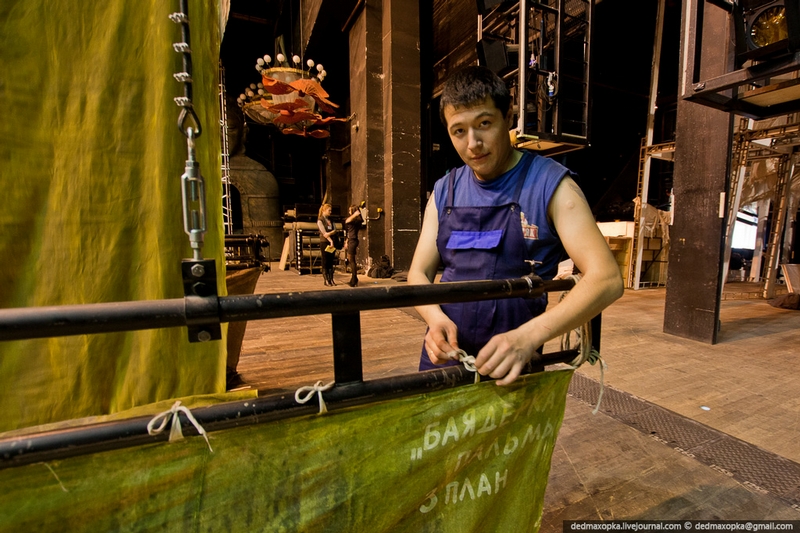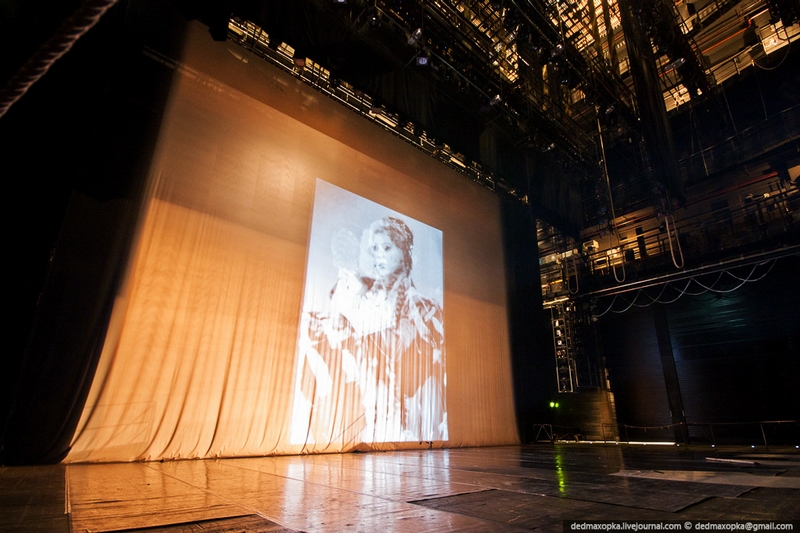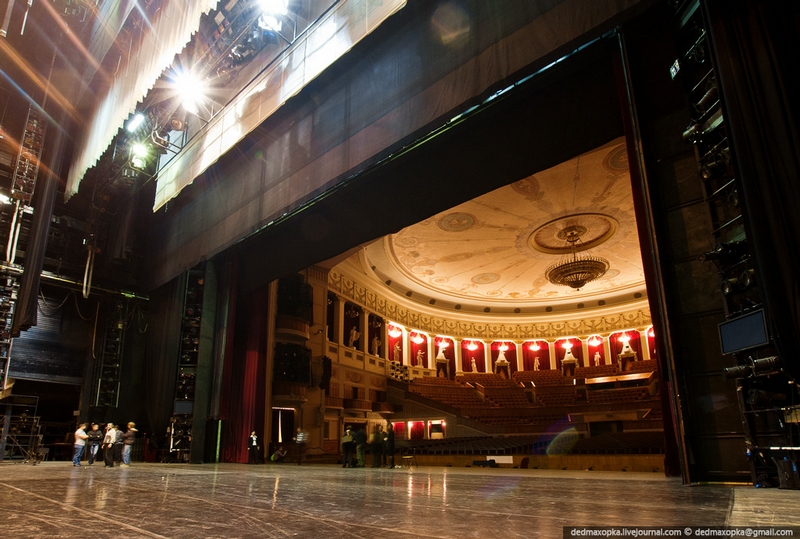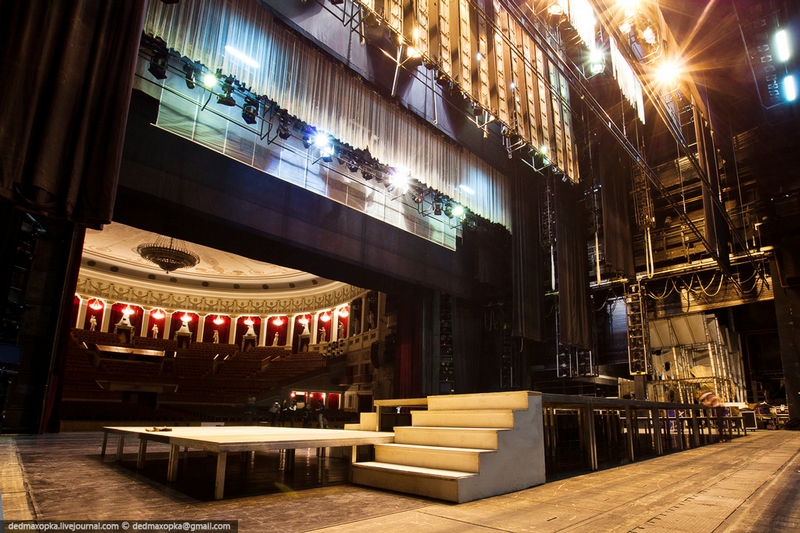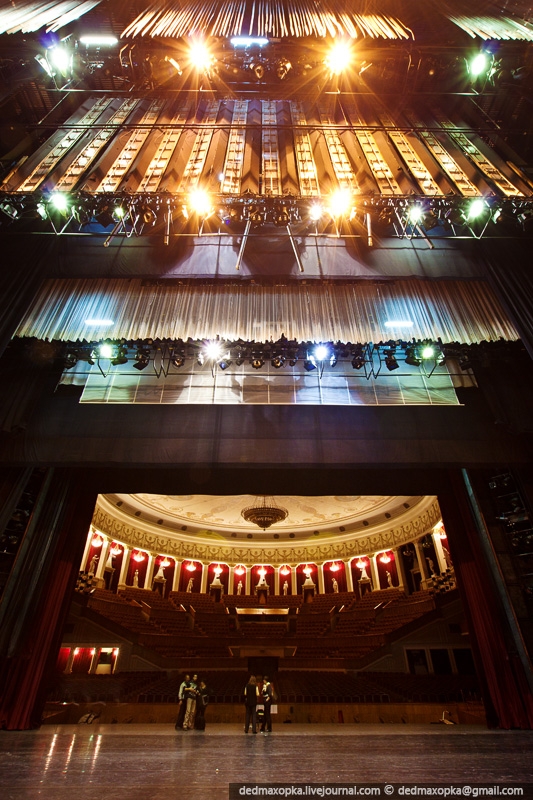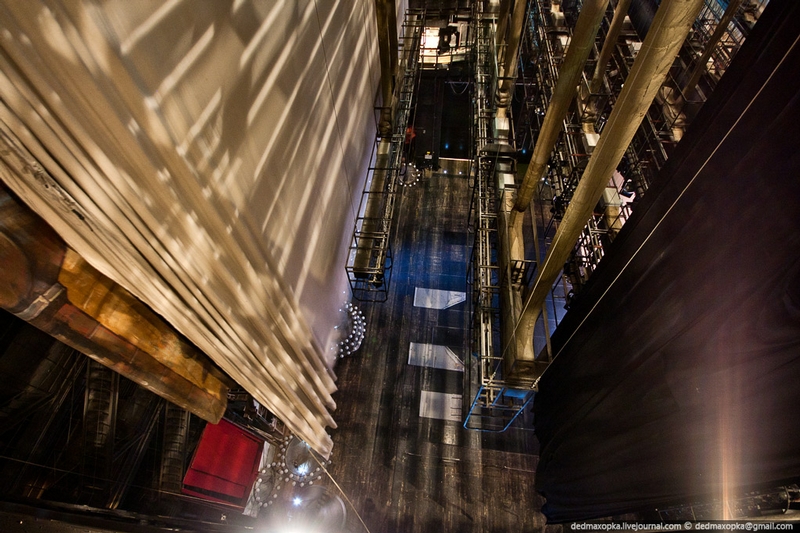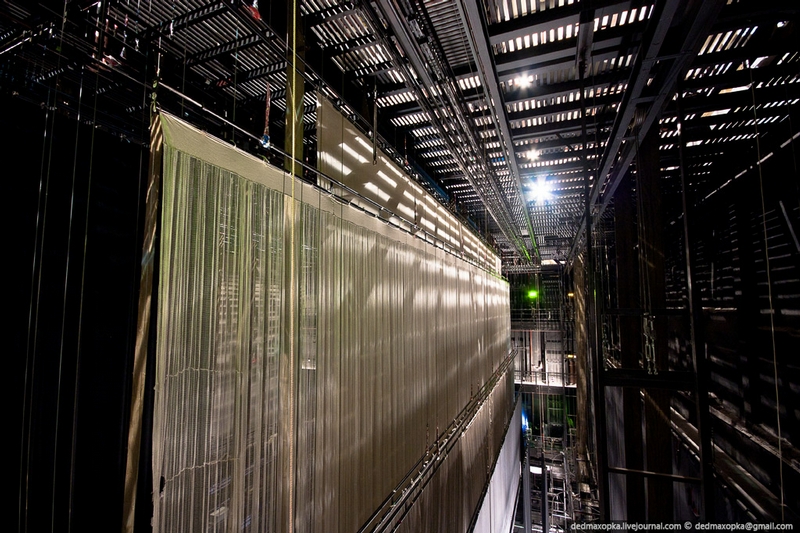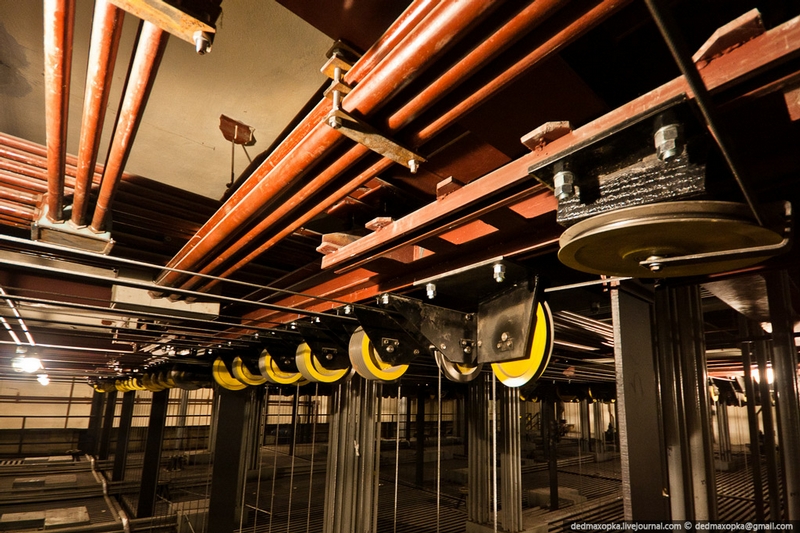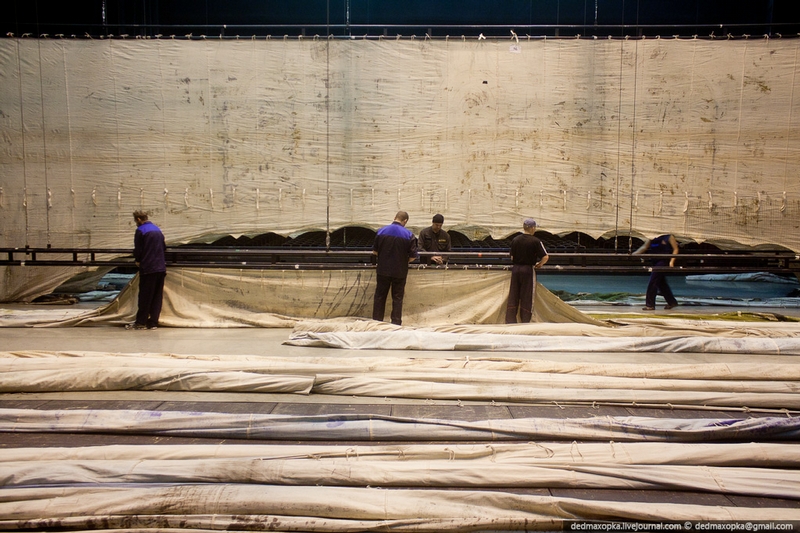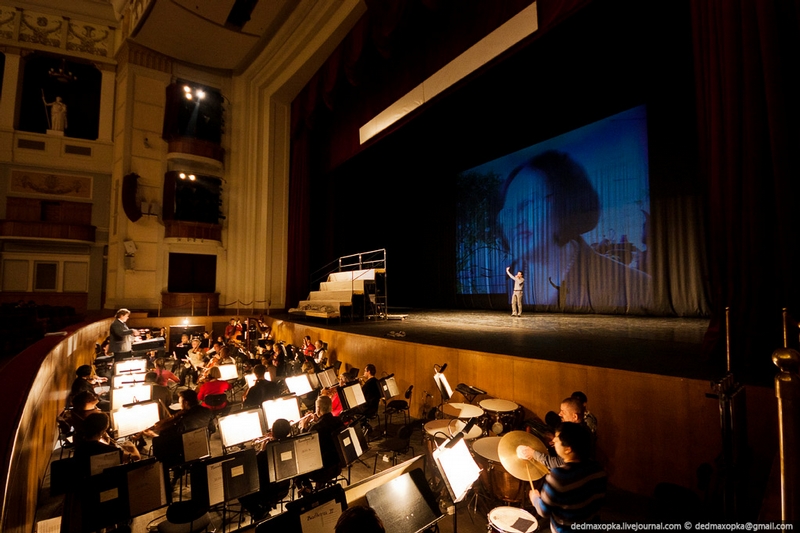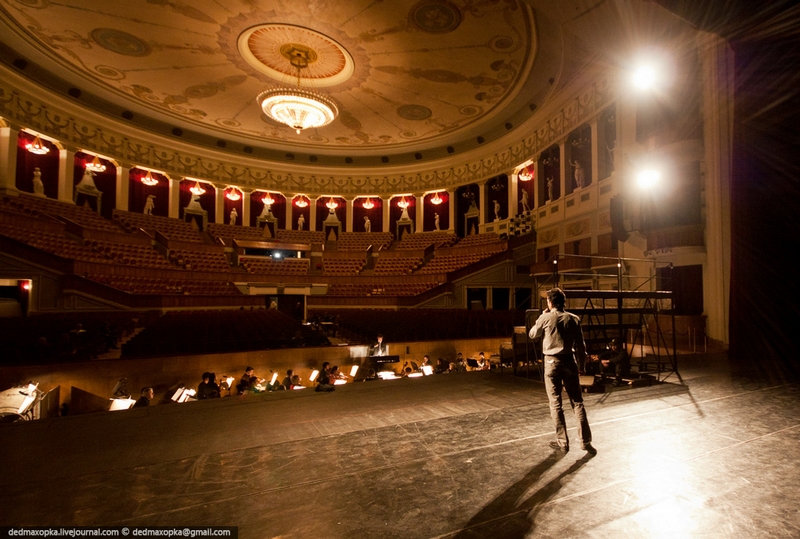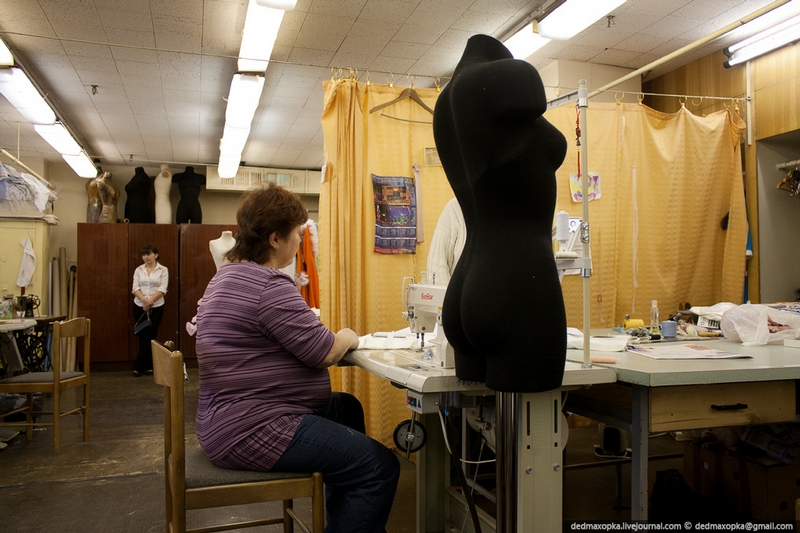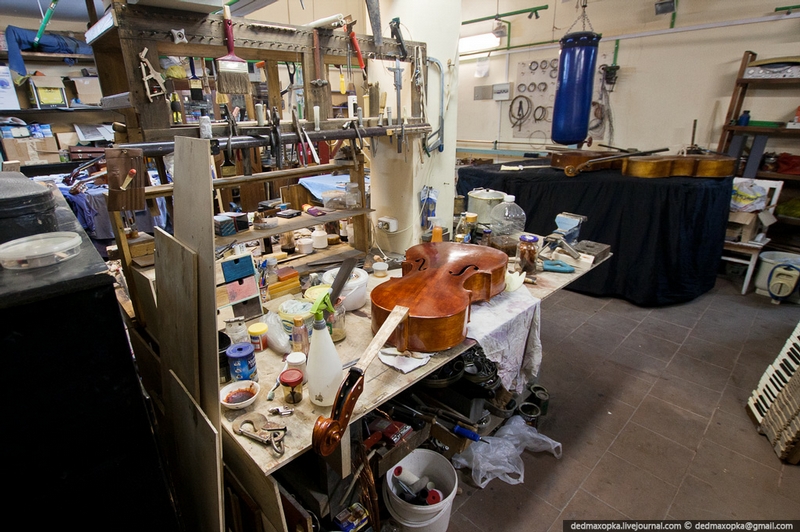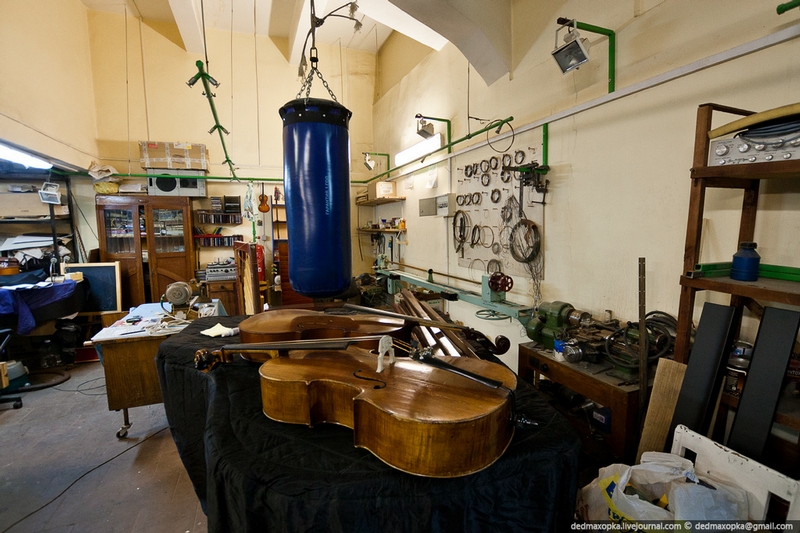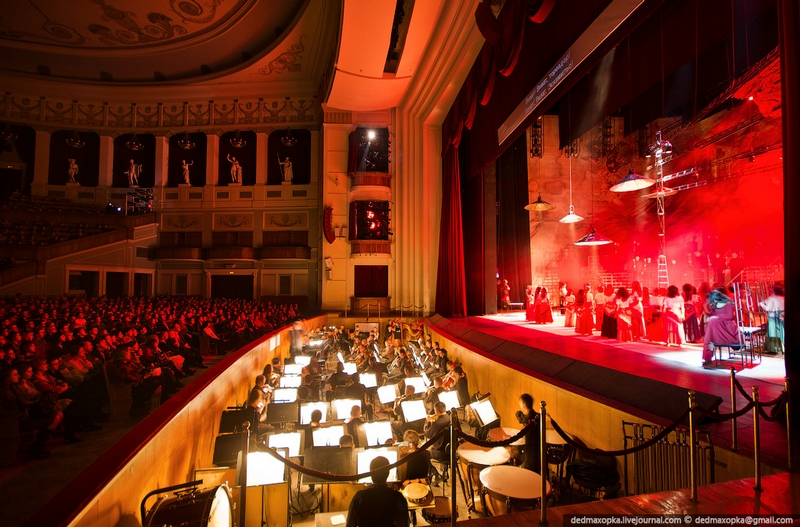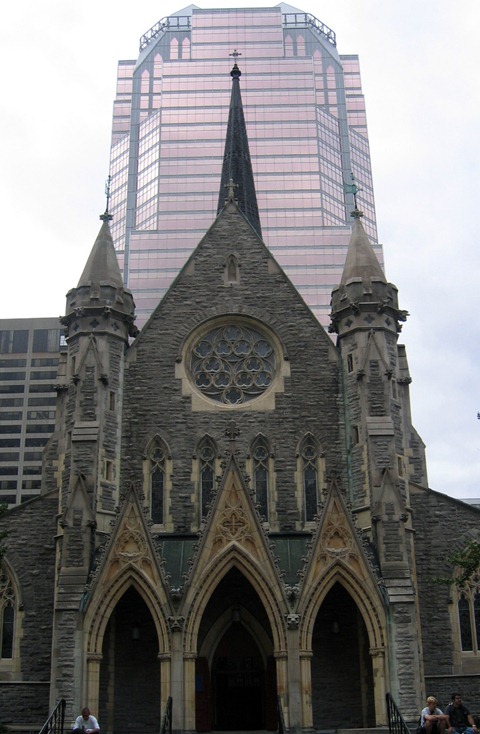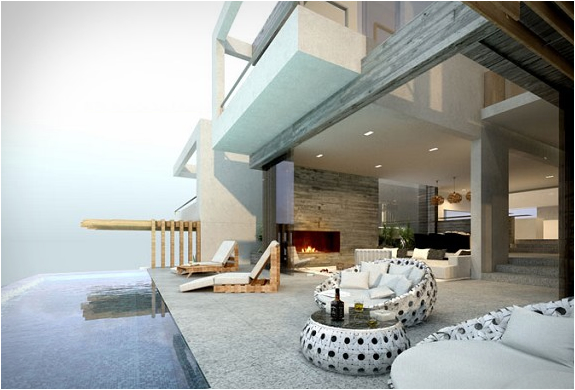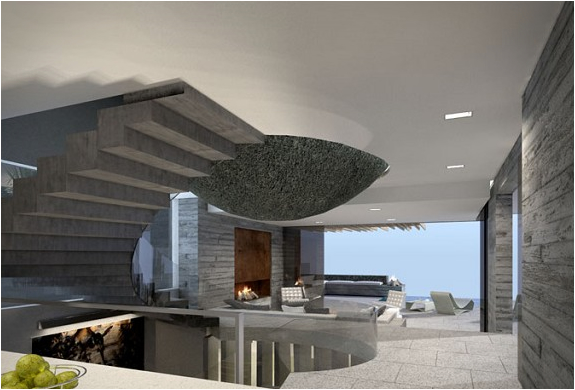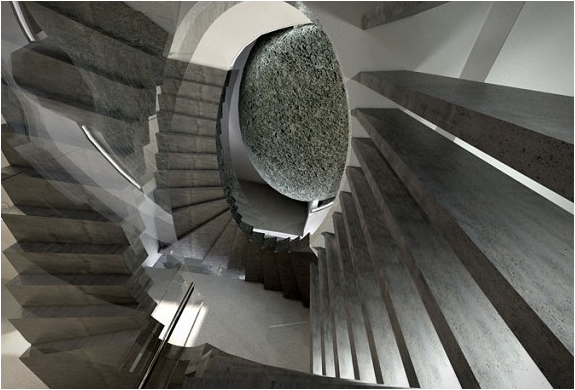 A report released today says that home prices slid by nearly 5 percent last year, but also indicates that most of the decline was due to distressed sales.
A report released today says that home prices slid by nearly 5 percent last year, but also indicates that most of the decline was due to distressed sales.
CoreLogic’s December Home Price Index found that home prices fell 4.7 percent in 2011 compared with December 2010, marking the fifth consecutive year of the housing slump. But excluding distressed sales, prices only dropped by 0.9 percent in 2011. The discrepancy between the two figures highlights the foreclosure crisis’ obstructive effect on a market recovery
"Until distressed sales in the market recede, we will see continued downward pressure on prices," said Mark Fleming, chief economist of CoreLogic.
Since the housing bust battered the real estate market in 2007, 8.9 million homes succumbed to foreclosure, according to RealtyTrac
And millions more may share this fate. One expert estimated that, in addition to the 2 million homes already stuck in some state of foreclosure, 1.8 million more will join their ranks in both 2012 and 2013, The Huffington Post reports.
Foreclosure filings dropped dramatically last year, a market movement that would seem to indicate the beginning of a turnaround. But experts say the steep decline was not organic, and instead the result of government crackdowns on banks over alleged foreclosure abuses. The abuses include so-called "robo-signing," a practice where bank employees sign foreclosure documents without adequately reviewing them.
In 2011, distressed sales grew the most in Montana, Vermont, South Dakota, Nebraska and New York, according to the CoreLogic study. It also found that Nevada, Arizona, Florida, Michigan and California are the states that have seen the largest decline in home prices since the peak of the housing boom.
Nevada’s home prices have plunged 60 percent since the peak of the housing market, the report says.
If you are interested in knowing more about the foreclosure process and how to invest in real estate, call me 206-713-3244 or email me.


